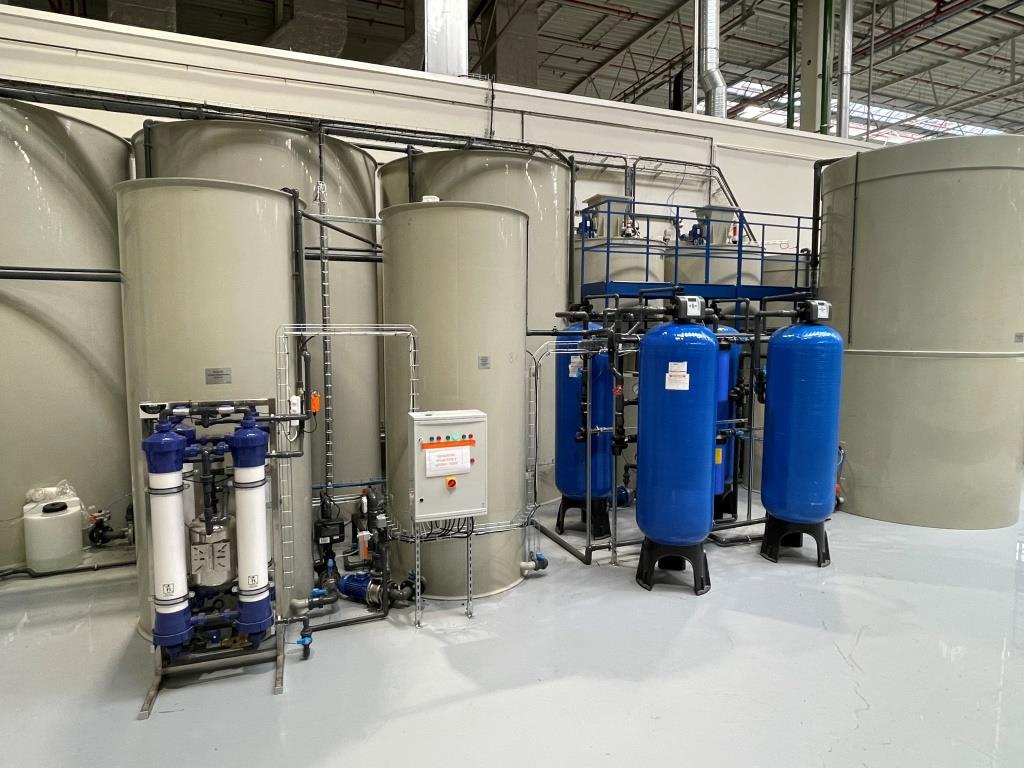Depending upon the selected enameling process, industrial porcelain enameling (UK: vitreous enamelling) may generate the following emissions :
- solid waste
- waste water
- gaseous emissions
Depending upon local legislation, precautions should be taken to avoid, reduce and/or treat the above mentioned emissions.

Emission avoidance
The easiest way to avoid emissions is to select the most environmental friendly enamel process.
Emission reduction
Once the enameling plant has been installed then it is usually not easy to change the enamel process.
Instead improving process efficiency and in-house recycling should help to reduce the overall emission.
Examples of waste reduction initiatives are the introduction of cascade rinsing
at pretreatment plants and switching for wet spraying to electrostatic dry powder application.
Emission treatment
Depending upon the local legislation, it may be necessary to treat unavoidable emissions.
Some examples of emission treatment are in-house waste water treatment plants, fluorine scrubbers, etc.
Energy savings
Industrial porcelain enameling projects & operations have furthermore a strong focus on saving of energy.
This aspect, which may result in optimizing the energy consumption of various equipments & re-utilization of waste heat, is driven by the global trend of continuous increasing energy cost. [More..]


